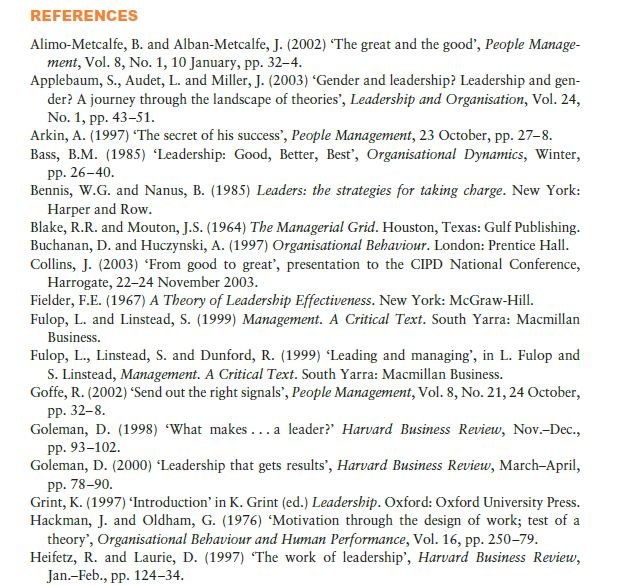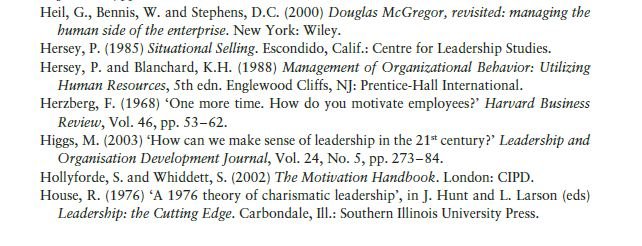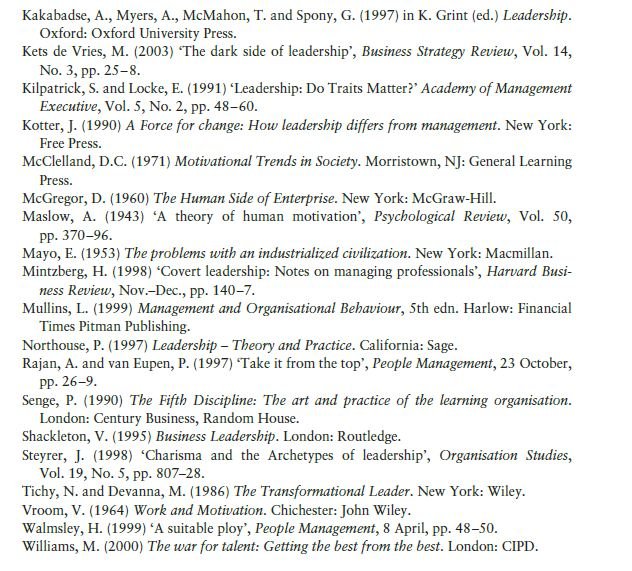Motivation and Leadership
There is a common assumption behind all the leadership models, that a person has the ability to motivate another. The following concepts have been used in all the leadership models:
-
Impact of expectancy on motivation:
According to McGregor’s model, if employees are treated as responsible and self-motivated by the employer, then they will act in such a manner which will depict their qualities of being responsible and being motivated. According to Vroom’s expectation theory of motivation, the realistic expectation of achievement will determine the degree of motivation. In the transformational leadership model, as the leaders have high expectation from their members, and constantly motivates them to achieve, therefore, they can achieve much more than normal as they rely on the belief of their leaders on themselves.
-
Social needs:
Concern for people is one of the driving factors used in the leadership models. Post-heroic leadership model, Blake and Mouton model, Hersey and Blanchard model and Fielder model focused on the social needs.
-
Importance of work:
The satisfaction gained after completing a work can act as a source of motivation. Opportunities for achieving a goal, gaining recognition and performing challenging tasks can be the sources of motivation.
-
Impact of social influence on motivation:
Transformational leaders reinterpret the world so that their followers are guided. Somewhere or the other, motivations are determined socially and culturally.
-
Different people are motivated by different things:
It is necessary to understand that factors of motivation can be different for different people. Expectancy theory identifies this. People are motivated by things which are valuable for them. Contingency theory and transformational model takes this into consideration. According to post-heroic leadership, the assumption is all the members will work together for the development of the organization.
Leadership qualities and motivation theories are linked. But, in spite of that, some aspects of motivation are ignored such as the drive for growth and the level of internal energy varies in people. Leaders are there to motivate people externally. But, nothing can beat the motivation which comes from within. Leaders are there to enhance the motivation but the need to excel and the motivation for achieving this depends on the individual.
Summary Propositions
- Leadership is defined as a process where one person influences a group of others to achieve the organizational goals.
- There is a relationship between leadership and motivation.
- The trait model of leadership plays an important role in understanding leadership qualities.
- Some behavioral models offer a ‘one best way’ of leadership, but other models take into account the contingency factors like maturity of the members and the nature of the work.
- Models of transformational leadership is about treating the leader as a hero who can single handedly handle the organization.
- Empowering and post-heroic leadership models consider the leader as a teacher and facilitator, who involves the members in the task.
- A best leader is one who can enhance the motivation of their followers.
General Discussion Topics
1 Do any of us really need leaders? Discuss the alternatives.
2 The 4 kinds of charismatic leaders are identified by Steyrer in 1998 are father figure, hero, savior and a missionary. Discuss the similarities and difference among these types of leaders.
Links of Previous Main Topic:-
- Strategic aspects of performance
- Organisational performance
- Individual performance management
- Team performance
- Introduction leadership and motivation
- Leadership and management
- What are the traits of leaders and effective leaders
- What is the best way to lead leadership styles and behaviours
- Do leaders need different styles for different situations
Links of Next HR Management Topics:-









